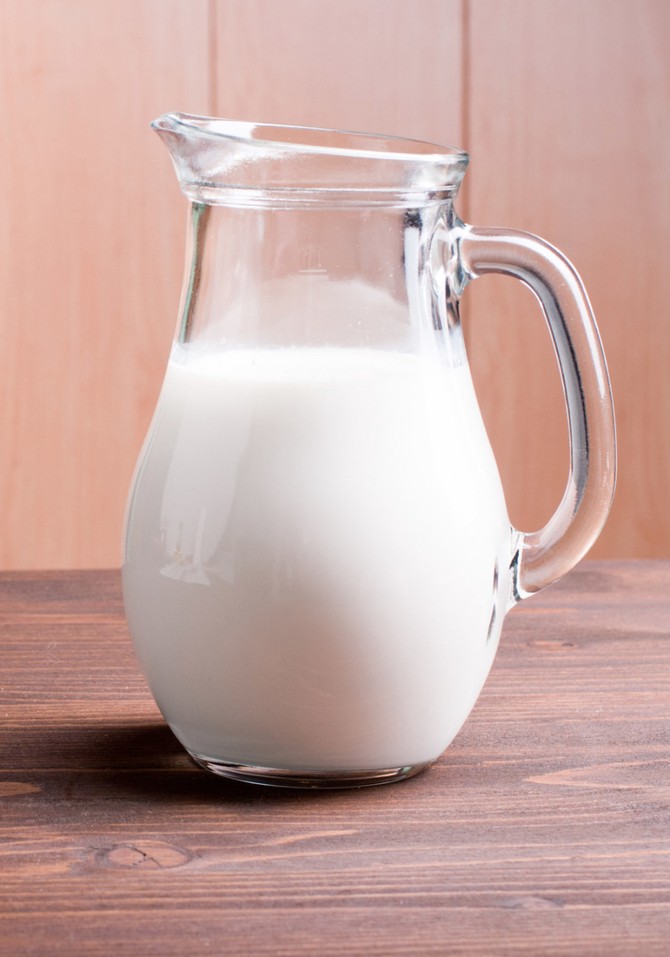This Is Why Your Pancakes Never Come Out Fluffy
Joy Wilson—aka Joy the Baker—explains the three simple steps to a towering stack of deliciousness.
By Lynn Andriani

Photo: Geo-grafika/iStock
You're Using Last Year's Ingredients
We're not saying you need to turn your kitchen into a science lab, especially before 9 a.m., but it pays to remember that there is some chemistry going on when you combine one of pancakes' dry ingredients (baking powder) with the wet ingredients. Baking powder contains baking soda, (code name: sodium bicarbonate) and a dry acid (cream of tartar or sodium aluminum sulfate). When you add milk and egg to it, the ingredients react and form bubbles of carbon dioxide, and those bubbles are what give pancakes their height. To get the most bang from your baking powder's buck, says Joy Wilson, whose new book is Joy the Baker Over Easy, make sure your baking powder is new. Not-so-fresh powder isn't as effective and won't give your cakes as nice a boost. She replenishes her supply every two months, or so (and uses the old stuff to brighten her laundry).

Photo: VDex/iStock
You're Using Plain Old Milk
If there's one other ingredient that can give your pancakes bounce, says Wilson, it's buttermilk. The stuff isn't actually fattier than regular milk, but it's cultured, which makes it thicker and more acidic. The reaction between its acid and the baking powder's base gives you results that blow away anything that could happen with regular milk. Wilson also likes buttermilk's thickness and viscosity, which make the pancakes tender. (Though, if you're in a pinch, you can improve upon milk by adding a little lemon juice to it, or using a mixture of whole milk and plain yogurt, she says.)

Photo: Jon Melendez
You're Not Letting It Rest
We've heard it all when it comes to mixing the batter—Use a whisk! Use a spoon! Use a blender!—but Wilson swears by the whisk. The tool helps her break up any lumps of dry ingredients, and she really gets in there, whisking for a full two minutes and checking to make sure she hits the bottom and sides of the bowl (lumpy pancake batter equals lumpy pancakes). But then, and this is crucial, she stops. She sets the table. She gets out the maple syrup and butter. She heats up the griddle. Once a good 10 minutes have passed, Wilson pours the batter into the pan. The reason for this pause, she says, is to let the ingredients fully combine and thicken to the right consistency that's pourable but won't spread all over the pan—and makes pancakes that are perfectly pillow-like.
Get the recipe: Happy Birthday Pancakes
Get the recipe: Happy Birthday Pancakes
Published 02/09/2016

